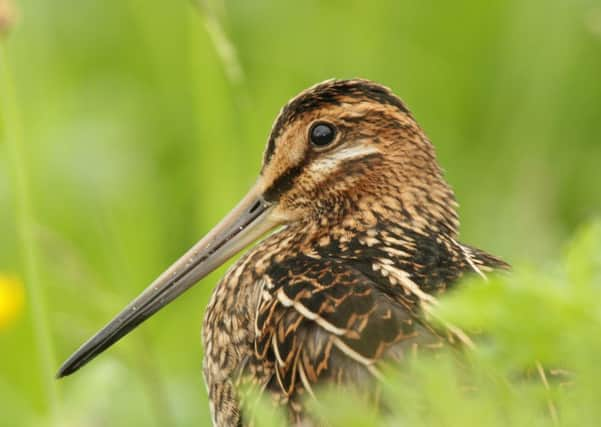The Islands are special for wildlife


There are a number of things that make this chain of islands very different from the rest of the UK and Europe.
Holding an exposed position on the north-western edge of Europe, the islands are open to everything that the Atlantic Ocean can throw at them.
Advertisement
Hide AdAdvertisement
Hide AdThe islands were isolated from the mainland over ten thousand years ago, when the ice retreated and the Minch filled with water.
This isolation has had a profound effect and means that unlike mainland UK, mammals do not dominate the land.
In fact, few mammals occur here naturally. This has benefited ground-nesting birds that can nest in higher densities here than they can on the mainland UK due to the absence of foxes, badgers, stoats and other ground predators that would eat eggs and the flightless young birds.
The machair grasslands of the islands have the highest densities of ground nesting wading birds - lapwing, redshank, oystercatcher, snipe, dunlin and ringed plover - in Europe.
Advertisement
Hide AdAdvertisement
Hide AdAlthough few mammalian predators exist on the island, we do have many predators.
Birds filled the void and the islands are home to the highest density of golden eagles in Europe. Almost a hundred pairs of these large birds of prey patrol the skies. Incredibly some pairs nest on the ground and nests can be as low as just a few metres above sea level.
The islands are home to over 60% of the world’s area of machair grasslands.
This rare habitat is formed by the constant westerly winds blowing rich shell sands over the underlying land.
Advertisement
Hide AdAdvertisement
Hide AdThe resulting calcium-rich grasslands are unlike other dune systems that are formed by mineral sands. This fertile soil gives the machair its incredible richness in floral diversity and abundance.
Crofting has shaped the islands agriculture for over a century and this low input farming system has many benefits for wildlife.
Corncrakes, one of the rarest birds in Western Europe, have a third of their UK population breeding on the machairs and croftlands here.
Unable to survive in intensively managed areas, most their population now survives on the islands of the Inner and Outer Hebrides.
Advertisement
Hide AdAdvertisement
Hide AdThe wet climate has enabled huge areas of peatland to form over the last seven thousand years.
Peat provided an essential fuel for the islanders and a home for thousands of birds like dunlin and golden plovers.
Hidden within these peatlands are hundreds of lochs and small lochans, in spring and summer the eerie walling calls of the red and black-throated divers can be heard resounding over this lonely moorland.
The chain of over a hundred islands have many hidden gems: St Kilda, Mingulay and the Shiants are home to over a million seabirds, including almost half a million puffins, and all of the European population of Leach’s storm petrel.
Advertisement
Hide AdAdvertisement
Hide AdWhales and dolphins roam the waters around the archipelago and species like the incredible breaching humpback whale, once hunted close to extinction, are now making a come back.
Tiumpan Head, just north of Stornoway has become know as one of the best places in Europe to see a wide range of species.
The spectacular predatory orca’s or killer whales, minke, sperm and hump back whales all regularly pass close enough to be observed.
These islands are special, let’s keep them that way.